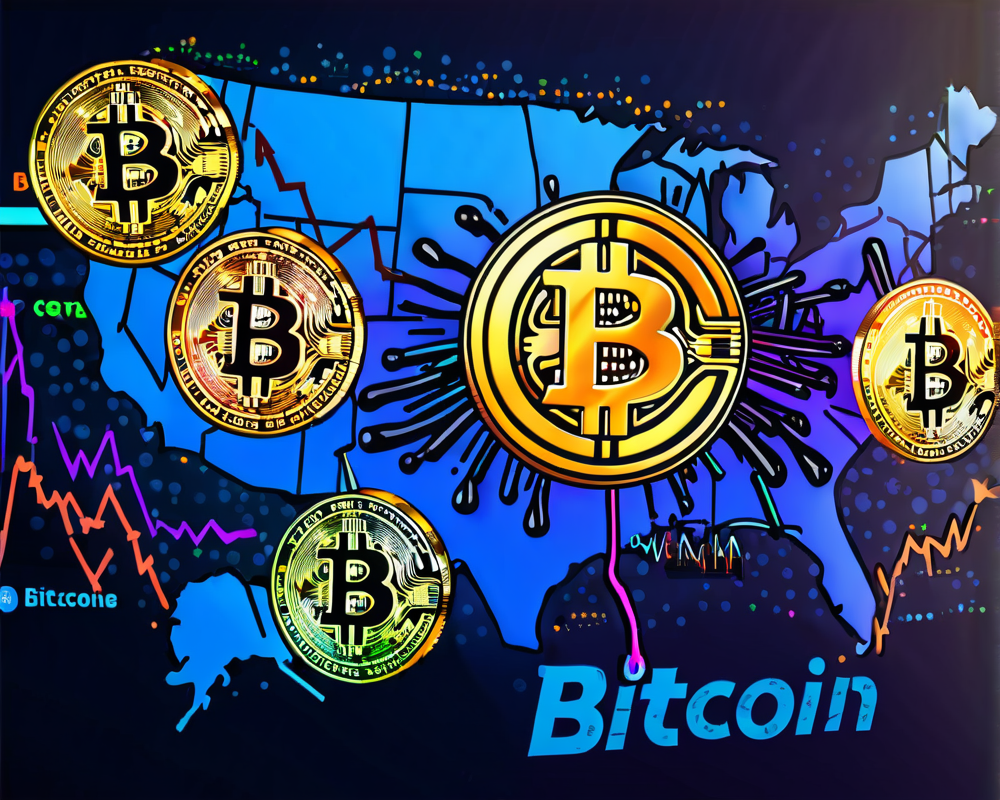Dramatic Downturn in OpenSea’s Daily Volume
OpenSea, the titan of NFT marketplaces, has taken a nosedive that would make even the best pilot cringe. As of August 28, it managed a meager $5 million in daily NFT transactions, which is roughly a staggering 99% drop from its glorious peak of $405.75 million reached back on May 1, according to figures from DappRadar. Yikes!
Monthly Volume: A Shadow of Its Former Self
But wait, there’s more. Monthly volumes have also nosedived—a shocking 90% fall from January 2022’s high of about $4.85 billion. If that doesn’t put a dent in your wallet, the decline in Ether (ETH) terms is around 82%. So, you could say this is not just a little hiccup; it’s akin to a roller coaster that derailed.
Users and Transactions: A Vanishing Act
The crash in transaction volumes and user engagement paints an equally bleak picture. With fewer people interested in NFTs, it’s like a deserted fairground where the haunted house lost its scares. The maintenance is going to be costly, and no one wants to pay the ticket price.
Floor Prices Falling Like Niagara Falls
The floor prices—the minimum amount someone is willing to cough up for an NFT—are also slipping. For instance, the coveted Bored Ape Yacht Club floor price plummeted 53% from a previous high of 153.7 ETH to a mere 72.5 ETH by the end of August. To add salt to the wound, CryptoPunks experienced a similarly tragic decline of nearly 20%. If you own a digital banana from either collection, you might want to check your investment strategy.
The Dangers of a Bursting NFT Bubble
With NFT prices often linked to the valuation of ETH, the bearish trend in cryptocurrency isn’t doing any favors. When ETH’s price plummeted from $4,950 in November 2021 to below $1,500 by August 2022, you know the NFT party was winding down with nobody left dancing.
The Future of NFT Liquidity
Enter BendDAO—a decentralized organization trying to tighten its belt after falling into a debt crisis. They recently voted to adjust their protocol in order to enhance the liquidity of NFT collateral, reducing the liquidation threshold from 95% to 70%. In simple terms, if you borrow against your NFTs, you’ll want to keep an eye on how much they’re worth unless you’re keen on watching your digital assets head for the auction block.
As we look forward, there’s chatter in the air about whether this is the end of the NFT phenomenon or simply a deep breath before the next wave. The reality is, every investment has its ups and downs, so strap in and play the long game!




